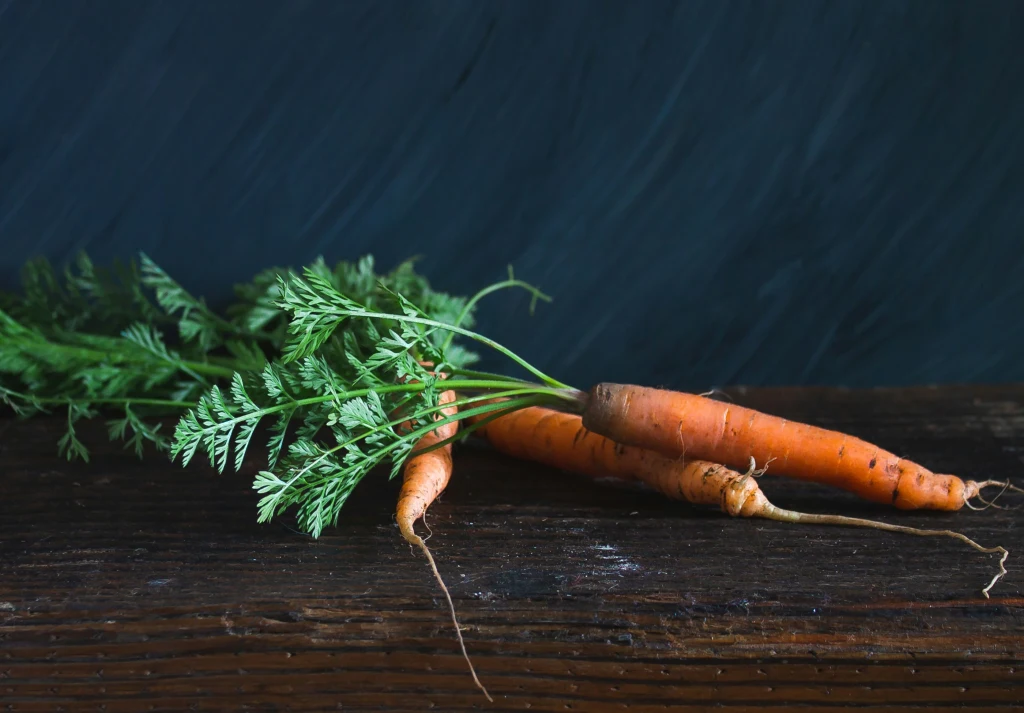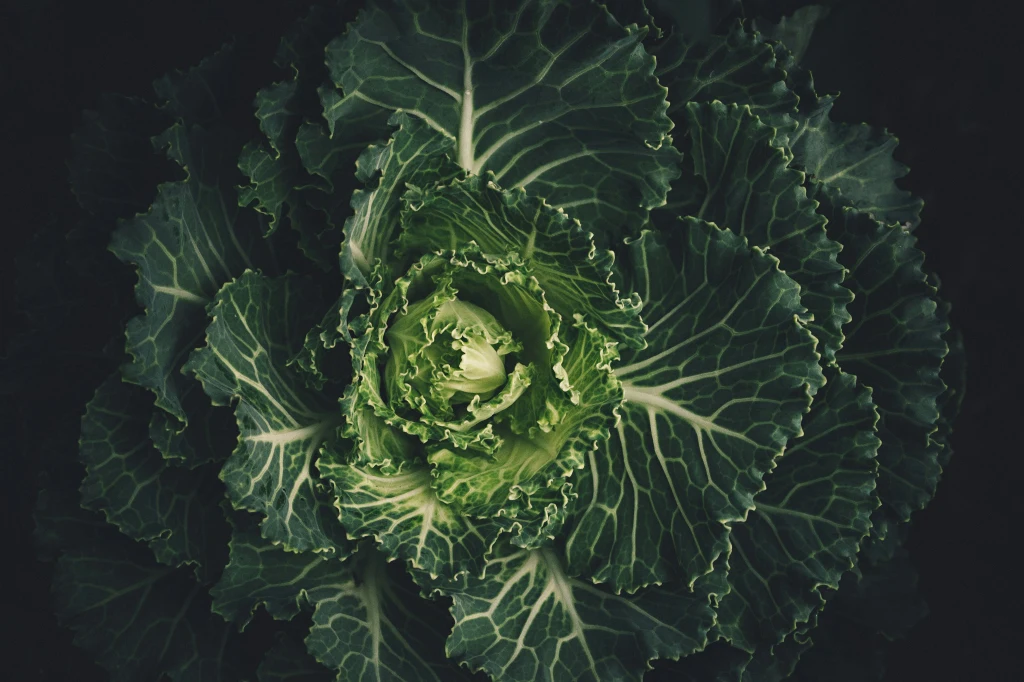Let’s wind the clock back for a moment…
Six years ago, on an average Saturday morning, I’d typically rise at the crack of dawn, as I’ve never been a great sleeper. I’d lie still for a moment in a futile effort to convince myself that I could avoid the throbbing headache of a hangover that would inevitably kick in, pulsating through my skull. Then, I’d reluctantly throw off the sheets, make my way to the shower, and endure the strange ritual of my body convulsing as it rebelled against the sensation of water against my skin. If I was lucky, the hangover would fade away after a few hours, allowing me to soldier through the remainder of the day. However, more often than not, I’d find myself wasting a good portion of my weekend feeling sorry for myself, cursing my rubber arm and the friends that could effortlessly twist it and coax me into a night out.
These days, my Saturdays are very different. While the occasional headache may still greet me when I wake, it’s become more of an anomaly rather than the norm. I’m still awake earlier than any sane man should be on his day off from work. But you’ll usually find me on an adventure with my dog, or shopping at the local produce markets. Now, while I can talk underwater about my dog, and can probably spin up some pretty interesting tales about her stinky breath and goofy zest for life, and definitely supply a lifetime’s supply of photos of her adventures on a whim. It’s the produce markets where the beginnings of this post sprang to life.
I’ve developed a fascination with the kinds of produce you don’t find in a commercial grocery store. And recently this has led to some wonderful discoveries (or rediscoveries) of flavour, as well as some disastrous attempts at expanding my palate that have caused my lips to pucker and my toes to curl (I’ll never eat an Indian bitter melon again!). On one Saturday in particular I found myself standing in a stall that sold organically produced apples staring at something much smaller, and unique amongst the rows of pink ladies and royal gala that surrounded them.
With soft green skin that held a speckled pattern, the slightly misshapen spheres sat below a handwritten label that read Turtle Egg Plums. Also known as Kōji plums, Turtle Eggs earned their name because of their resemblance to shelled reptile eggs. I found them intriguing as they stood out among the apples at the stall, their colours notably different from the usual yellow, red, or purple hues I’d usually associate with plums.
Naturally, I brought home a punnet and left them in a fruit bowl to ripen for a few days. When I finally tasted them, their flesh was bursting with juiciness and a sweet, tart flavour that was not unlike what I’ve come to expect from a plum. Yet there was something more. An extra dimension to the flavour profile that was akin to the feeling of returning to your mother’s house and savouring a meal you believe you prepare just as well. While you can’t quite put pinpoint the difference, hers always surpasses your efforts and exudes an inexplicable excellence that you just can’t match.
This revelation of speckled green flesh got me thinking. Why is it that diversity of fruits and vegetables is often more elusive than it should be? How, at thirty-five, am I only learning about variations of fruits I’ve been consuming since childhood? And why do commercial grocery stores limit their range of produce to the extent where they present an illusion of choice and flavour variety, when in reality, they’re offering anything but?
The straightforward answer to these questions lies in the fact that there is a shitload of people to feed in this world. Meeting this demand often means producing food in bulk in order to ensure cost effectiveness coincides with full stomachs. This concept has fuelled an explosion of processed and ultra-processed foods in our diets, along with the notable restriction of diversity in the vegetable aisle. However, a more nuanced exploration of those questions delves into the far-reaching consequences of history’s third agricultural revolution, commonly known as the Green Revolution.
There’s a whole encyclopedia worth of topics and content we could dissect to comprehensively evaluate the Green Revolution. But because I lack the expertise to chronicle an epic narrative on the subject, I’ll do my best to keep it simple and offer a concise overview.
Beginning in the mid-20th century, the Green Revolution represents a multifaceted phenomenon that continues to revolutionise agricultural practices and spark debates on sustainability and food security worldwide. It aimed, and succeeded, to produce high-yield crops through modernised farming techniques like improved irrigation and fertilisation methods. This push for increased agricultural productivity was designed to combat post-war hunger by increasing global food production on a large scale, fundamentally overhauling the way food was grown and distributed.
Crops like wheat, rice, and maize, were put through selective breading processes and genetic modification to reach their maximum yield and resistance to pests and diseases. These hybrid varieties were then distributed as seeds to farmers alongside synthetic fertilisers and pesticides that would allow them to produce large quantities in reduced timeframes. Over time, these modified agricultural practices became hugely successful, and began to ripple out across various other food sources such as bananas, oranges, and eventually…plums.
Viewed through an optimistic lens, the Green Revolution played a critical role in alleviating huger and reducing poverty worldwide, providing farmers with stable incomes and safeguarding their way of life. However, a more pessimistic perspective reveals that there is also a darker side to Revolution’s effects. This rapid transformation of food production practices has led to soil degradation, water depletion, and created a heavy dependency on chemicals to fight off the ever evolving pests and diseases fighting to consume our crops.
Additionally the Revolution has triggered a significant decline in biodiversity, resulting in commercial stores offering limited options. As a result, we the consumers are deprived of the diverse array of tastes and flavours that could enrich our lives, and our plates.
Globally, there are over two thousand varieties of plum cultivated in farms and fields. Yet only a handful such as Santa Rosa, Satsuma, Red Beauty, Black Amber, and Fortune dominate the market. Conversely, lesser-known varieties like my Turtle Eggs are harder to come by. While the dominance of just a handful of varieties out of more than two thousand may raise a few eyebrows, it pales in comparison to the banana industry, where the Cavendish, due to its consistent size, flavour, and shelf-life accounts for 99% of global exports. It took writing this piece to realise that I’ve encountered only a fraction of the total banana varieties that exist, and I’ve likely tasted even fewer.
This post veers far from my original intent of writing about cooking, yet it felt like something I wanted to address. Running a blog centred around the celebration of diverse flavours and the living colour of food means acknowledging the vast world of taste and variety beyond the confines of commercial supermarkets and grocery stores. The Green Revolution, originally intended as a temporary solution post-war, has altered the agricultural landscape beyond all recognition. Now, as a result, many of us have been left with a selection of mass-produced hybrids grown to look and taste a specific way, if we are fortunate enough to be afforded any selection at all.
I know that sounds bleak. But even Norman Borlaug, a key figure in the Revolution cautioned in his 1970 Nobel Prize acceptance speech that its success in alleviating hunger was fleeting. He foresaw its unsustainability, and a need to return to more diverse food sources within thirty years if population growth persisted. A timeframe that we’ve now well and truly passed.
I don’t want to end on a down note. So, for the second time this post, let’s wind the clock back. Only this time we’ll do it to finally touch on cooking and close this thing out…
There’s a lot you can do with a couple of Turtle Egg plums aside from eat them as nature intended. You can roast them alongside a protein like duck, bake them into a cake or crumble, use them as a braise. Or if you’re like me, you can take the easiest of all options available to you and combine them with some sugar, fresh lemon juice and water to produce your very own Turtle Egg jam.
There’s a whole world of beautiful produce out there waiting to be savoured. You just have to look beyond the aisles of a commercial grocery store to find it.





Leave a comment